
Let’s Discuss your
IDEA!
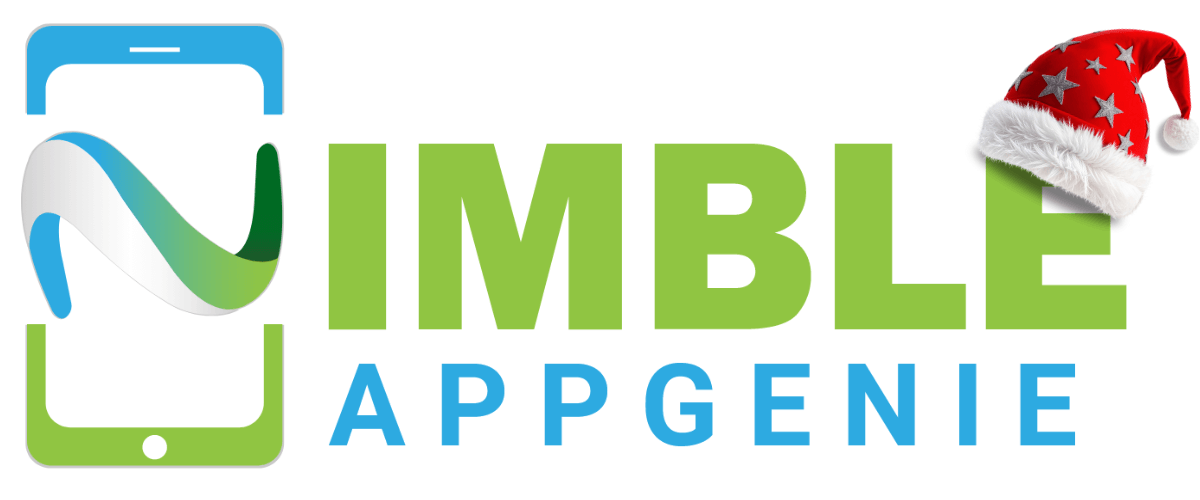
We can help you with a 360 iOS development service, taking care of all the requirements from UX/UI design to third-party integrations.

Customizations make an application stand out in a cluttered market. With the help of our custom iOS app development services, you can easily connect with one of our iPhone app developers and share your ideas related to custom features, design, or anything else.

Apple is known for its classic minimal design and a solid user experience. The design guidelines for iOS applications are certainly a tough nut to crack. With a team of experienced iOS app designers, we can help you achieve the best iOS app UI/UX design.

No iOS application can function flawlessly if it is not tested for quality issues. With a team of highly qualified quality assurance experts, we can help you resolve every possible issue and help your app run smoothly, making your users' experience better.

iOS applications can not afford to be outdated or not in the right frame since the user base is definitely different and requires a smooth experience. With our iOS app maintenance and support service, we ensure that your app has no downtimes.

When we talk about iOS app development services, integration is a popular demand of businesses, as iOS is not that flexible when it comes to accepting third-party integrations. With our iOS app development service, you can get flawless integration services.

iPhone applications are known for their compatibility and how smoothly they can complete the migration. We can help you keep your iOS app up to date with the latest features. If you are currently using an Android app, we can help you migrate easily to an iOS app.
Different industries have different demands, and Nimble AppGenie's iOS app development services can surely help you meet them all.

The fintech market is lucrative as the market demand is high. We can help you develop a solid fintech app for iOS, covering everything from payments to investments.

iOS apps with modern-day entertainment apps can be a great investment. Nimble AppGenie excels in delivering music streaming, social media, video platforms, and more.

Edtech has proven to be highly profitable for investors, and with our iOS app development for edtech, you can get an interactive platform that attracts more users.

Fantasy sports platforms offer a great ROI, as these apps yield an audience that can be retained easily. Our iOS app developers can help you capitalize on the same.

iOS apps for healthcare can help you explore the potential in the healthtech industry, which is a less-explored territory and can be highly beneficial in the long run.

At Nimble AppGenie, we have expertise in building highly robust real estate platforms that not only simplify business operations but also help you reach a wider audience.
We can help you build a scalable iOS application that is result-oriented & future-ready.
Connect Now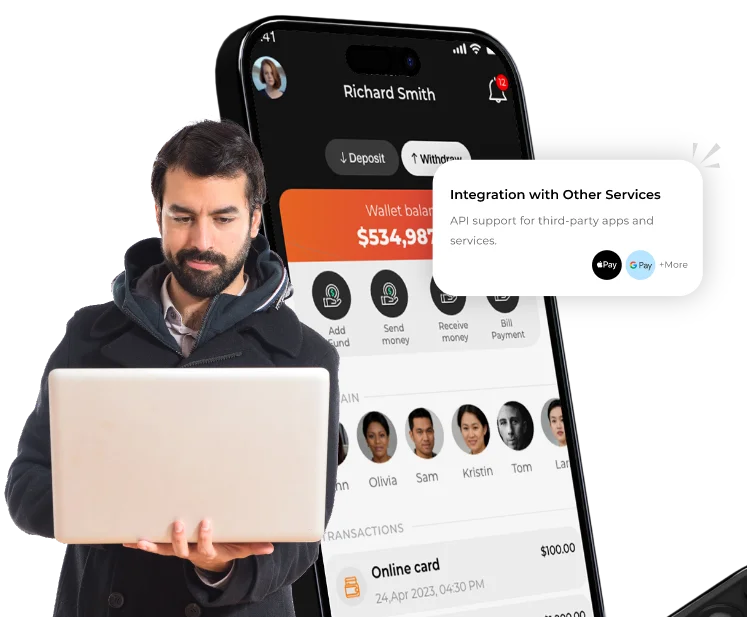
Here are the tools that we prefer using when curating your iOS app. You can also ask for a custom iOS app tech stack if you have one in mind.
Quality mobile app development service can only be executed if you have a solid and streamlined process. Here's a sneak peek into how we take up your mobile app development request, step-by-step!

The first and foremost step is to understand your idea, your requirements, and identify what exactly your vision is. The first consultation is all about discussing your idea. Once the expectations are understood, we start researching to find out market stats and what the popular practices are.

After understanding your idea and research, we tend to start the process with wireframing. It is the process of sketching the user interface for a rough reference to what the app will look like. If you are not sure, we can also create a prototype depending on your requirements.

With the previous step, you have gained clarity on how your app should look and feel. Research further and identify the pain points of users and create an app functionality flow. After having a proper UX, move to interface designing, where you can decide on what elements to choose and what animations to add.

The design step gives you a dummy app that you have to write code for. This is the step where all the defined functionalities are brought to life through coding. All the third-party integrations are also done during the process, which is why it is the most time-consuming step.

The application seems complete, with the functionalities being integrated into it. However, it can still have performance issues. That is why we include the QA and testing in the development process. This is the step where all the features are put to the test based on test cases, and errors are resolved.

After the application has gone through the entire testing process, it is ready to be released to the users. Deployment for iOS applications can get tricky if not done by professionals, as the App Store has several clauses that one must meet. After the app is released, our experts stick with you for maintenance.
Are you looking for iOS app developers? We have a team of experienced professional and creative developers who are eager to help you. Whether you are a startup, business, or enterprise looking for a quality iOS solution, we are here for you.
Whether you want to develop an app for fintech or an iOS game app, our iPhone app developer’s skills and out of the box thinking will surely be a great asset to you. So, if that’s what you want to do, we are here to help you.
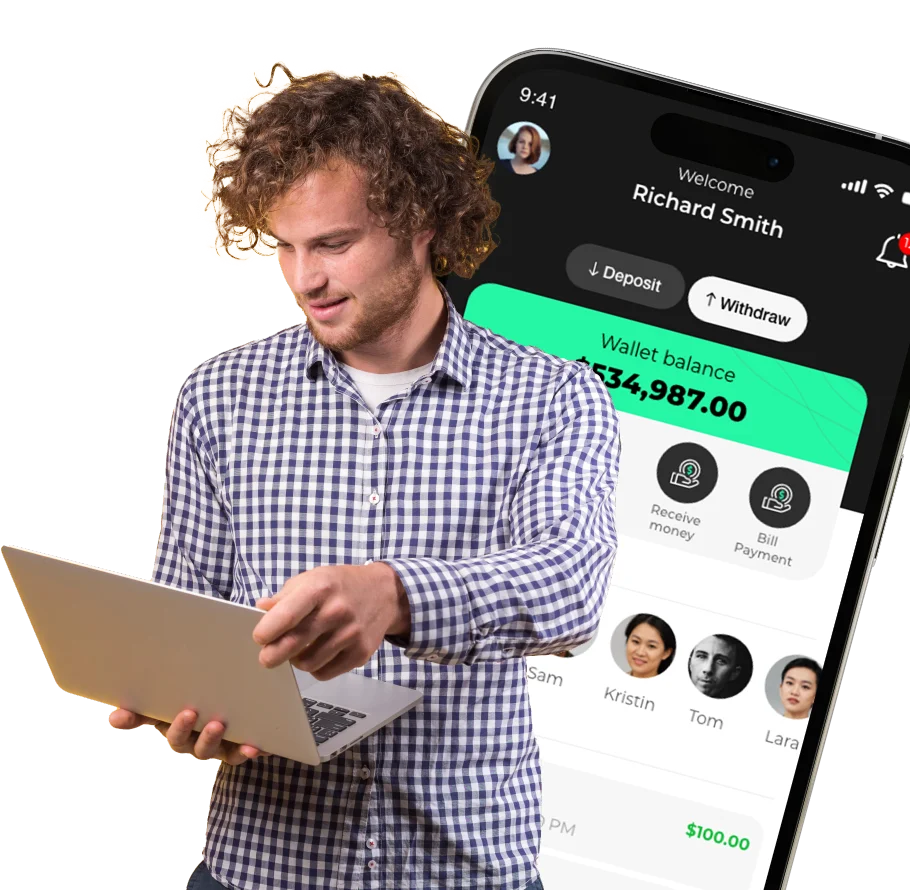
Don’t believe us when we say we are the best iOS mobile application development company. Our awards, recognition, and certificates prove it.

5 Stars Rating Out of 19 Reviews

5 Stars Rating Out of 39 Reviews
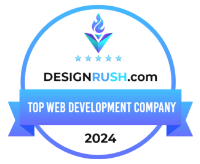
4.7 Stars Rating Out of 22 Reviews

4.9 Stars Rating Out of 34 Reviews
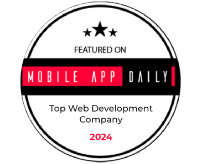
4.8 Stars Rating Out of 28 Reviews

4.9 Stars Rating Out of 17 Reviews
Nimble AppGenie has been a pioneer in delivering high-quality iOS app development services for years. What makes us the ultimate choice is our diligence and principles. We are proud to say that we offer iPhone app solutions like no one else.

When dealing with an iOS app development request, the most crucial thing to keep in mind is the go-to-market time. We focus on reducing it by achieving on-time deployment.

Our focus is always on building secure iOS apps that not only get the job done, but also keep your user data safe. This is why all the solutions that we offer are backed by encryption.

At Nimble AppGenie, we offer custom iOS app development services that give you control over every aspect of your app. Simply ask for customization, and it will be done!

We are among the handful of iOS app development companies that are available 24x7. Be it day or night, you can reach out to us anytime, and one of our experts will be ready to assist you.

With every project we take up, we are always focused on addressing real-time challenges. We take complete advantage of all the resources available to achieve tangible results.
Find answers to all your common iOS app development queries.
Get Started NowLet’s answer your common questions about iOS platform development.
Before choosing any iOS app development company, we recommend that you check their credentials, portfolio, market reviews, and above all, their expertise in the field. Several iOS app development companies excel in Android but are not up to the mark when it comes to building an iOS app.
The cost of iOS app development varies significantly based on different factors. With Nimble AppGenie, you can get quality iOS app development service anywhere between $20,000 to $250,000.
iOS app development can take anywhere from 3 months to 12 months or more, depending on the complexity of the app and the functionalities that may be required.
Swift is the ultimate programming language that is used popularly for iOS app development, though there are languages that come in handy too.
Before deciding which platform can be beneficial for you, you need to identify the application you are planning to develop, what the niche is, what kind of user base you are targeting, what region you plan to expand your business in, etc. Through this, you will learn about the audience for whom you are about to release the app. Based on those insights, you will also learn if the region that you have targeted has more iOS users or more Android users. Based on this data, you can plan what kind of app you want to build.
Privacy is already quite a big concern for Apple users, as the majority of iPhone owners own it because of its secure nature. This is also the reason why Apple has given out several security guidelines that developers have to follow. We at Nimble AppGenie are well-versed with the requirements and create a solid security strategy to ensure that every iOS app has enough walls to protect user privacy.
Nimble AppGenie is committed to delivering results that satisfy our client’s needs and their business objectives. Here are testimonials from our clients about their experiences of working with us.
We hired Nimble AppGenie for web development services related to our edtech platform, Glu Learning. They integrated well with our team to solve all the problems and deliver remarkable solutions. Their team have great command of both client side and server side technology. We highly appreciate and recommend their services.
"Our journey with Nimble AppGenie is defined by their consistent availability, reliability, and efficiency. As we look towards expansion, I'm confident our partnership will grow even stronger. And we are eagerly anticipating the next chapter with them.

Read our blogs about the latest industry trends and much more inthe mobile app development industry.